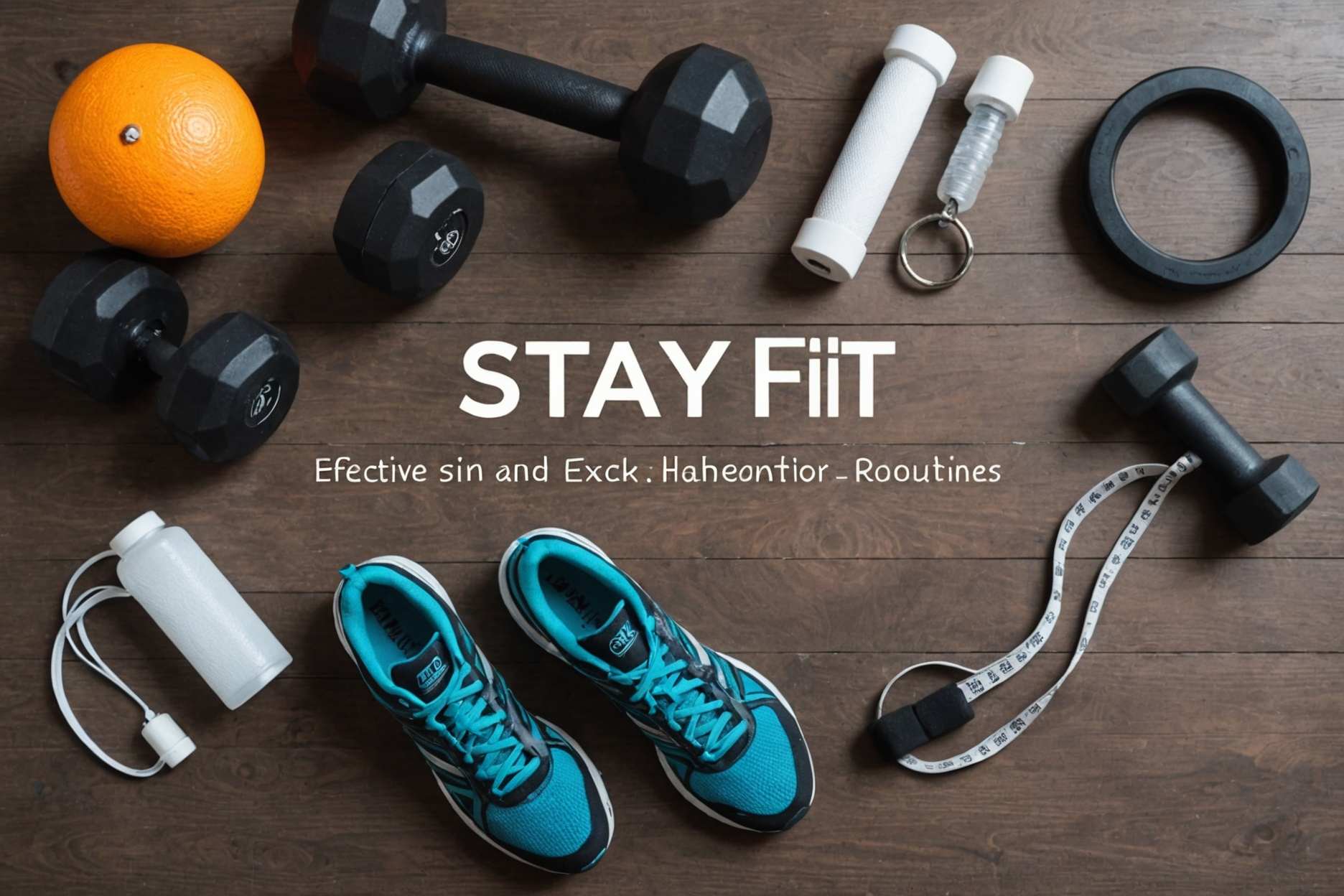- CONTACT US
- AFS
- Business
- Bussiness
- Car
- Career
- Celebrity
- Digital Products
- Education
- Entertainment
- Fashion
- Film
- Food
- Fun
- Games
- General Health
- Health
- Health Awareness
- Healthy
- Healthy Lifestyle
- History Facts
- Household Appliances
- Internet
- Investment
- Law
- Lifestyle
- Loans&Mortgages
- Luxury Life Style
- movie
- Music
- Nature
- News
- Opinion
- Pet
- Plant
- Politics
- Recommends
- Science
- Self-care
- services
- Smart Phone
- Sports
- Style
- Technology
- tire
- Travel
- US
- World

With a runway of smoking-hot coals laid out before them, residents in San Pedro Manrique, Spain, steel themselves as thousands of onlookers cheer them on. The crowd roars when they walk across the fire, sometimes carrying another person on their back.
Although the walkers and the crowd perform very different roles during the annual June ritual, they report similar feelings: an ineffable feeling of togetherness, as if the entire group becomes one, said Dimitris Xygalatas, a cognitive anthropologist at the University of Connecticut, who witnessed the Spanish ritual years ago as a researcher.
He has experienced similar feelings in a stadium while chanting and cheering together with 30,000 fans of his hometown soccer team. Both are instances of collective effervescence, said Xygalatas, author of “Rituals: How Seemingly Senseless Acts Make Life Worth Living.”
It’s that feeling that happens when people engage together in a meaningful activity that sparks positive emotions. Such as when you get goose bumps at a concert, feel the rush of adrenaline in group exercise classes or get swept up in religious festivals.
Recently, collective effervescence has been referred to as “we mode,” and it’s something that can be cultivated to improve your life, said Kelly McGonigal, a Stanford University health psychologist.
“When you are connected through shared positive emotion, expressions often act as this aerosolized joy, where you catch other people’s smiles, laughter, their physical expressions,” McGonigal said. “It becomes contagious.”
When hearts beat as one
“We mode” has also been called physiological synchrony, and McGonigal calls it “collective joy.” The concept was documented more than a century ago by French sociologist Emile Durkheim, who described cultural effervescence after studying aboriginal Australian societies.
Xygalatas’ research has focused on measuring it in various group activities. To quantify “autonomic responses,” he has fitted people with heart monitors and electrodes and extracted thousands of stills from videos to analyze facial expressions.
He found that people’s physiological responses synchronize during exciting events. The heartbeats of sports fans who attend a game, for instance, sync up, while those of fans watching the same game on TV don’t. Fans at the game also have higher levels of endorphins, which have been linked to bonding, he said.
On a basic level, collective rituals involve meeting and connecting with people, which is a key to psychological well-being, Xygalatas noted.
“If we all dress alike and we move alike and we feel alike, we express the same emotions that trigger mechanisms in our brain,” Xygalatas said. “There’s a fundamental need for synchrony.”
Activities that create ‘we mode’
What kinds of activities should you look for to tap into “we mode”? McGonigal, who has studied the science of emotion and wrote “The Joy of Movement” about the emotional benefits of exercise, named these criteria:
The activity must be in person. McGonigal noted that during the height of the COVID-19 pandemic, people who tried to recreate positive interactions online found it more difficult than in person.
“If you’re not physically present with people, a lot of the signals that create the shared state, they just aren’t there,” she said.
It also helps to make noise and move your body, whether you cheer, applaud, move, dance or sing. McGonigal said you’re more likely to feel this kind of collective joy when you’re dancing with people than when you’re sitting in a theater watching a dance performance.
Also, try to let go of shame or self-consciousness, and get into the activity. Passive observers don’t get the same effect, McGonigal said.
“You’ve got to do the wave at the sporting event,” she said. “If you’re at a group exercise class, and your instructor is like, ‘Can I get a whoop, whoop?’ You gotta whoop, whoop.”
___
Albert Stumm writes about wellness, food and travel. Find his work at https://www.albertstumm.com
LATEST POSTS
- 1
 Mali and Canadian miner Barrick agree to resolve tax dispute, ending 2-year standoff
Mali and Canadian miner Barrick agree to resolve tax dispute, ending 2-year standoff - 2
 A Republican elected governor in California? It's not as far-fetched as it sounds.
A Republican elected governor in California? It's not as far-fetched as it sounds. - 3
 Hundreds of Gazans evacuated from Strip for medical treatment - COGAT
Hundreds of Gazans evacuated from Strip for medical treatment - COGAT - 4
 Tatiana Schlossberg's diagnosis puts spotlight on leukemia: What to know
Tatiana Schlossberg's diagnosis puts spotlight on leukemia: What to know - 5
 This Luxurious Thermal Spa In Italy Is Perfect For A Relaxing Escape While Visiting Milan
This Luxurious Thermal Spa In Italy Is Perfect For A Relaxing Escape While Visiting Milan
 6 Exercises to Anticipate in 2024
6 Exercises to Anticipate in 2024 Vote In favor of Your Number one Savvy Beds
Vote In favor of Your Number one Savvy Beds Immortal Style: Closet Staples for Each Age
Immortal Style: Closet Staples for Each Age Remain Fit: Powerful Wellness and Work-out Schedules for a Better You
Remain Fit: Powerful Wellness and Work-out Schedules for a Better You Top notch Remote Earphones for Audiophiles
Top notch Remote Earphones for Audiophiles The Force of Care: Living with Goal
The Force of Care: Living with Goal Compassion and Association: Building Significant Connections
Compassion and Association: Building Significant Connections Influencers are selling a delusional fantasy of being postpartum. Why is it so easy to believe?
Influencers are selling a delusional fantasy of being postpartum. Why is it so easy to believe? Support Your Body: A Manual for Smart dieting and Sustenance
Support Your Body: A Manual for Smart dieting and Sustenance












